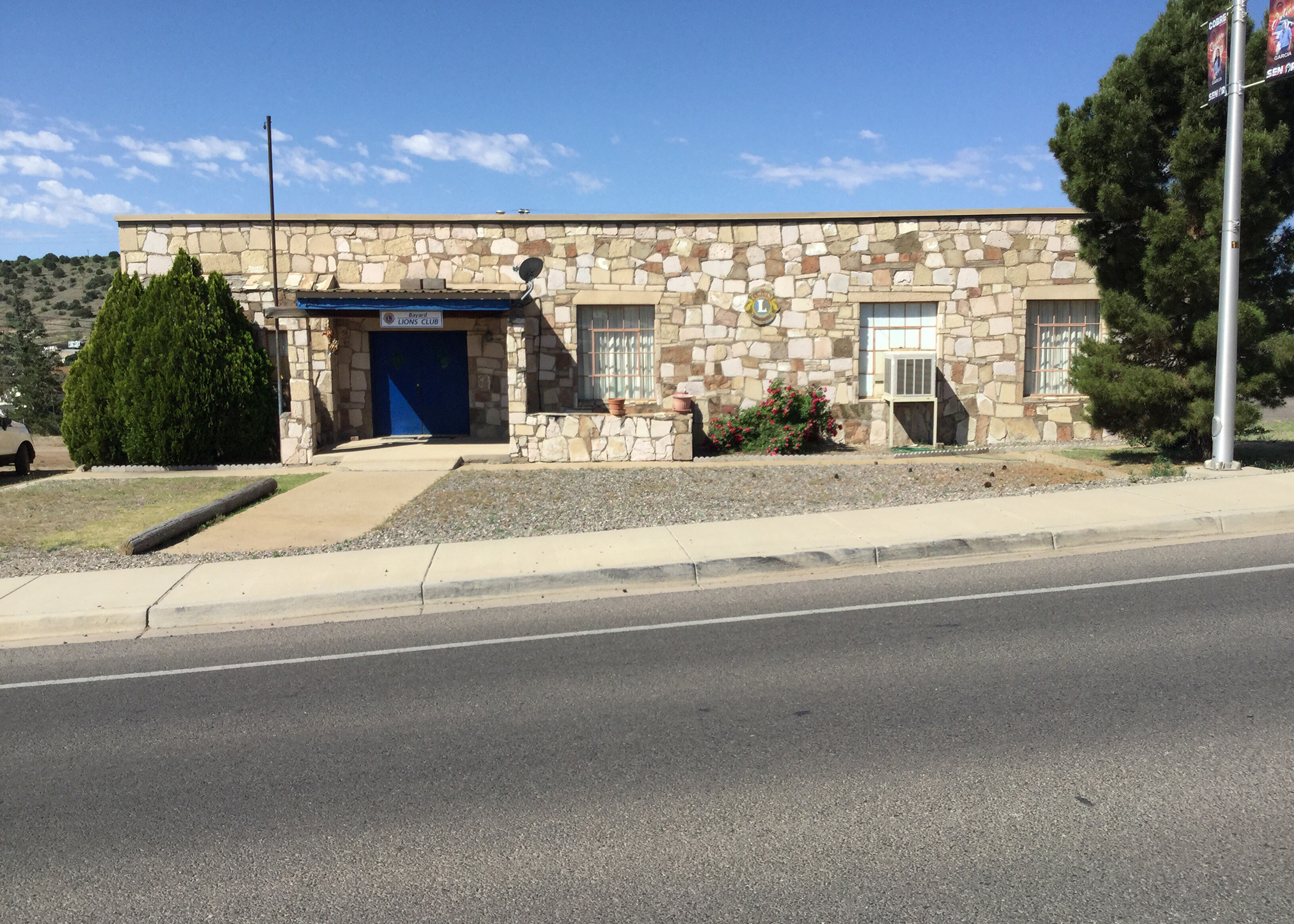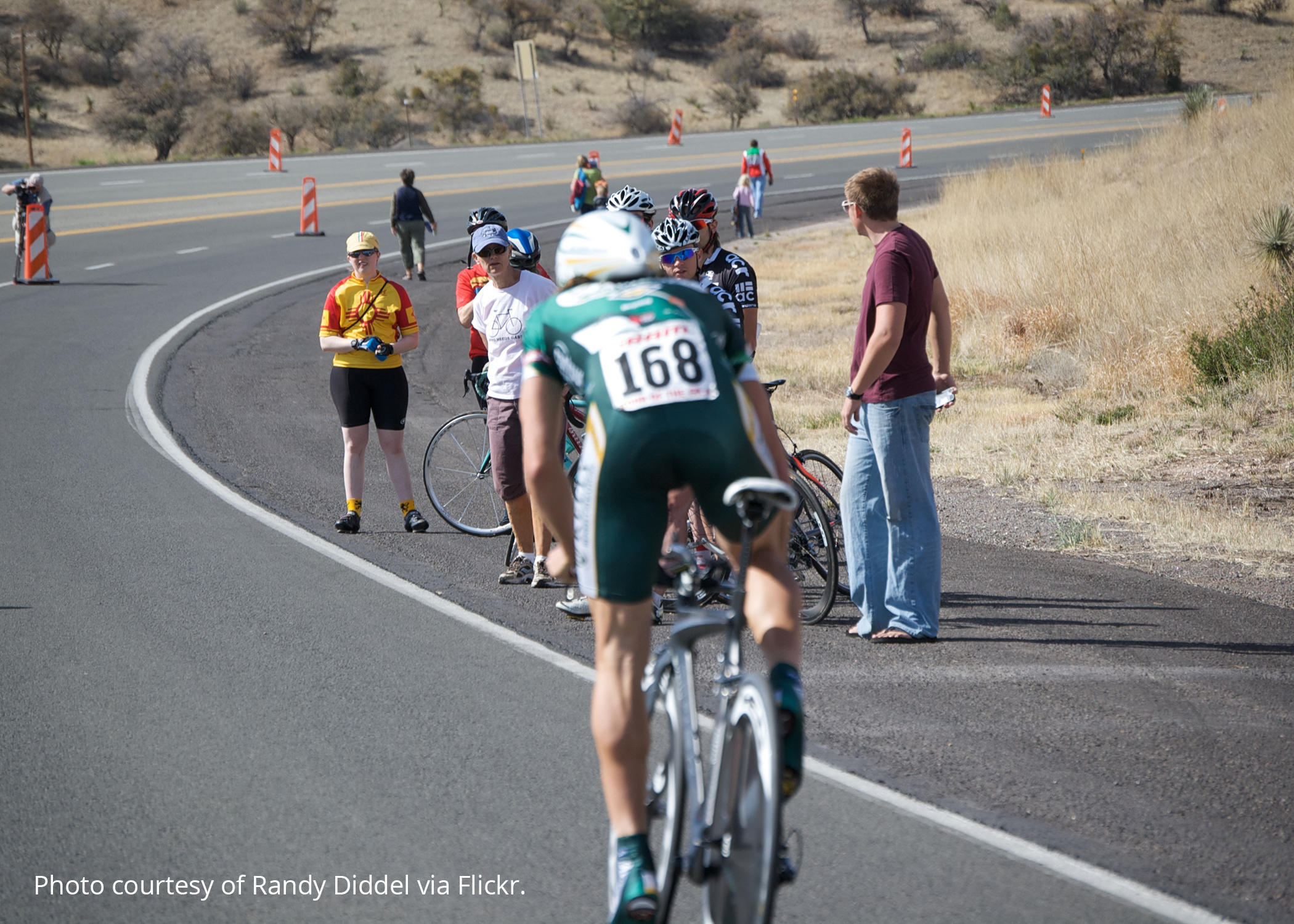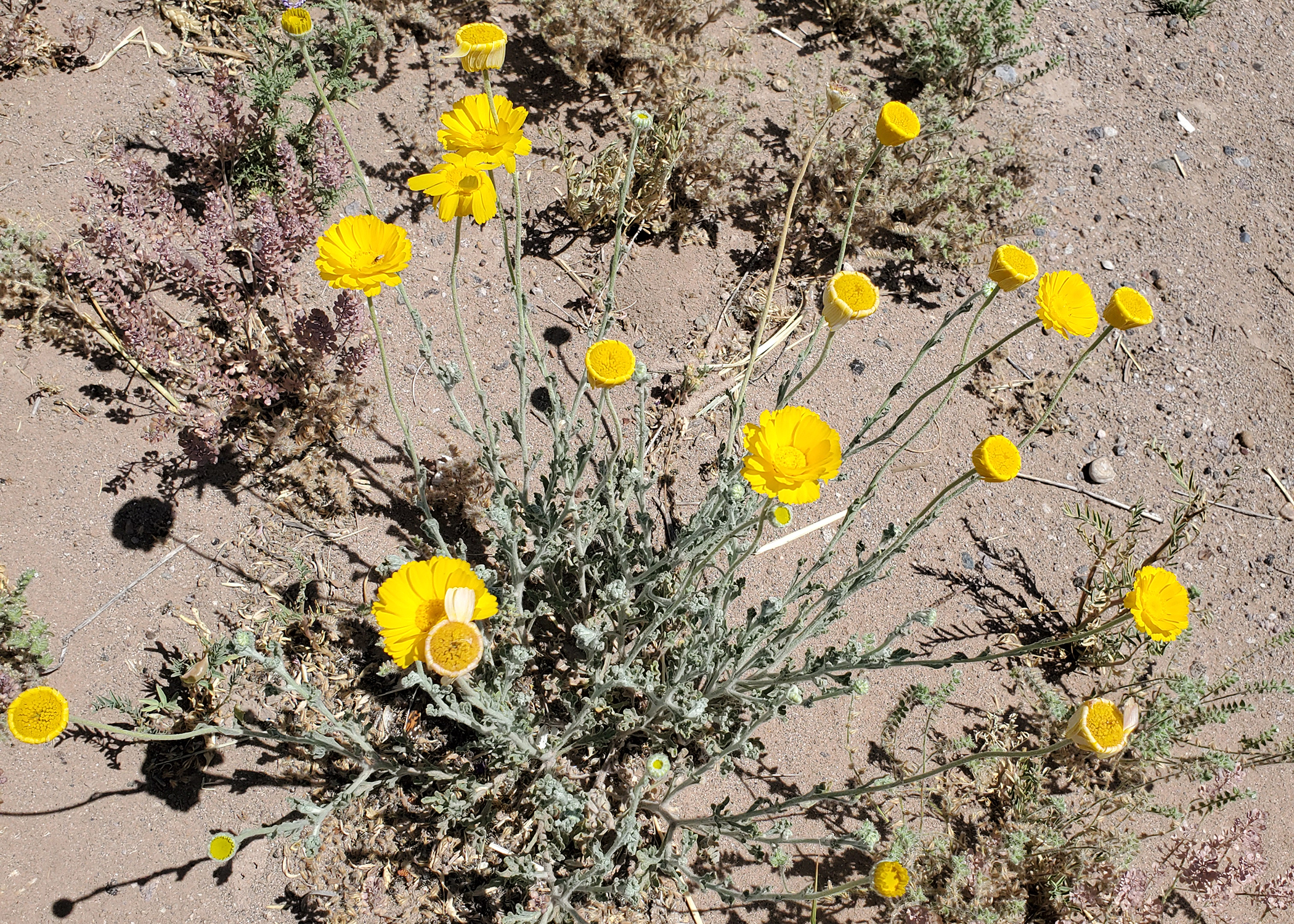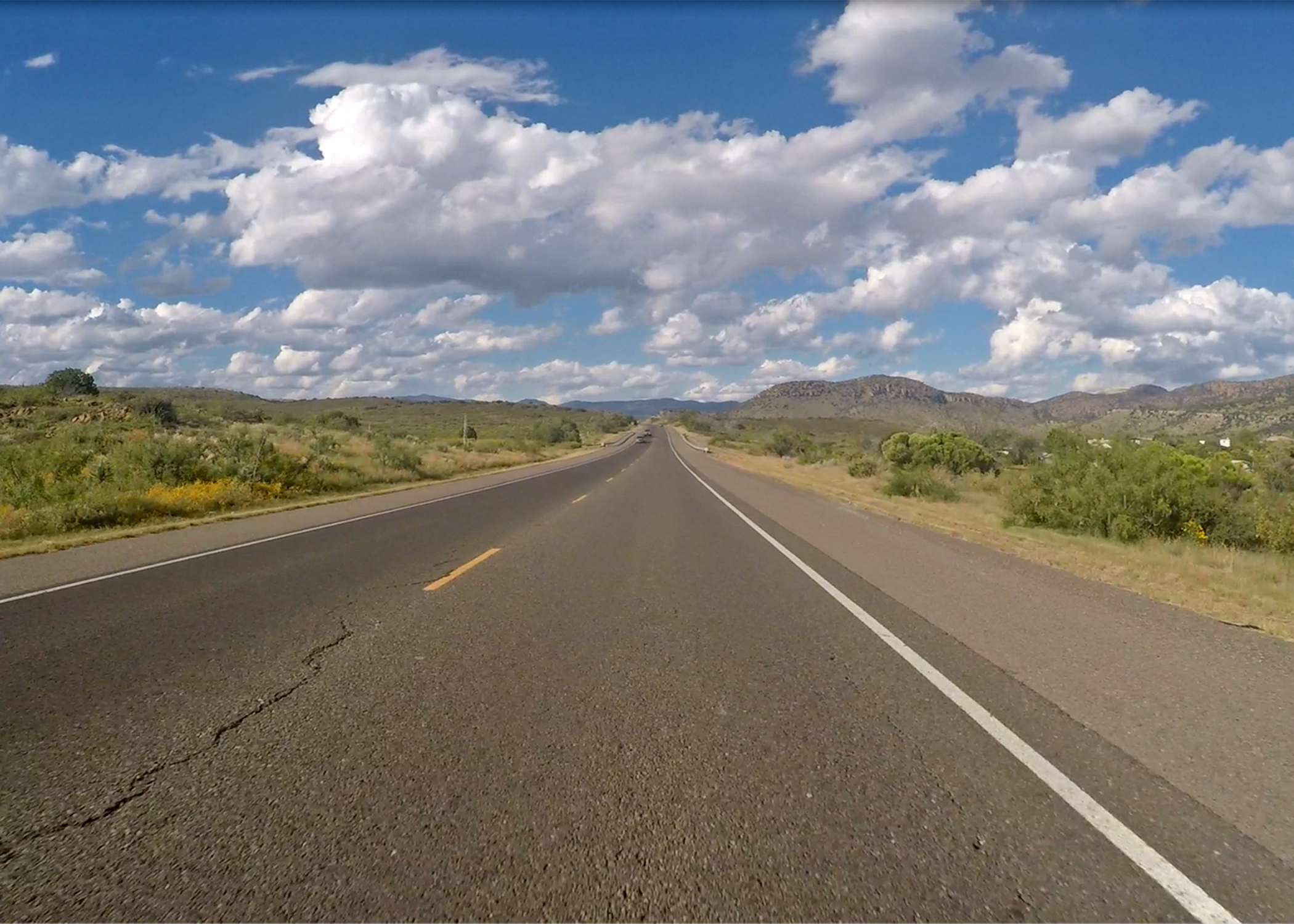US 180 Corridor Study
Bayard to Deming | CN 1101840
The New Mexico Department of Transportation (NMDOT) recently completed a corridor study that considered roadway improvements to US 180 between Bayard and Deming. In March of 2020, NMDOT held a public meeting and requested comments on the study recommendations. The preliminary recommendation presented at the public meeting was to widen US 180 from two lanes to four lanes between Bayard and Hurley and add passing lanes from Hurley to Deming. Based on public comments received, NMDOT is now recommending a four-lane roadway for the entire corridor from Bayard to Deming. The corridor was divided into three phases for design development and construction. Currently, Phase 1 from Bayard to Hurley is in construction, and Phases 2 and 3 are in design development. Final project phases 2 & 3 design and construction are to be determined pending the securing of funding.
Learn more about the project by clicking on the “+” symbol to expand each topic.
The segment of US 180 starts at milepost 123 in Bayard and extends to milepost 161 just north of Keeler Road near Deming (view the project area map). This portion of US 180 consists of 2-lanes with 8-foot shoulders. There are no passing lanes and few intersections have left-turn lanes to allow turns to be made without stopping in the travel lanes. Improvements are being considered for three primary reasons:
- Between Bayard and Hurley, the combined volume of traffic and the high number of trucks reduces highway performance and results in safety conflicts with passing maneuvers
- The crash rate for the overall route is higher than statewide averages for similar highways
- The reverse curves (S-curve) across the railroad tracks in Hurley require an abrupt speed change and contribute to crashes
- Several intersections do not have adequate turn lanes, which contribute to crashes
- Pavement is in poor condition and in need of major rehabilitation
- Most drainage structures are in poor condition and some are undersized
- US 180 is essential for the economies of Silver City, Santa Clara, Bayard, Hurley, and Deming and is one of two state highways that connects communities in southwestern New Mexico to I-10.
- Widening US 180 is identified in NMDOT’s long range transportation plan, the New Mexico 2040 Plan and NMDOT’s Southwest Regional Transportation Plan as a project to spur economic development.
The highway between Bayard and Hurley has the highest traffic volumes (about 6,500 vehicles per day) and the highest number of crashes within the project limits. This segment includes several prominent features including the rock cuts near Bayard (an engineering consideration); the overpass and main access in Hurley; the reverse curves (S-curve) across the railroad tracks; and the access road to the Airport. The railroad crossing in Hurley includes a reverse curve (S-curve) that forces vehicles to abruptly reduce their speed. Many crashes are reported at this location. The crossing is also at a sharp skew which limits driver visibility of approaching trains.
Traffic volumes decrease south of Hurley to less than 3,000 vehicles per day. The number of crashes also decreases, although there have been several crashes at the intersection of US 180 at NM 61. This intersection does not have adequate turn lanes. Southbound drivers must use the shoulder to avoid left-turning vehicles. A bridge over Cold Water Creek is in this section along with numerous other large drainage structures. These structures increase the cost and challenge of widening the highway. The culvert photo shows where the box culvert has been extended with corrugated metal pipe that cannot support loads if the roadway is widened.
View the Existing Highway: Airport Road to Cold Water Creek Bridge graphic.
Traffic volumes are low and there are fewer crashes in this section. A nine-span bridge over the Mimbres River is in this section. Water flows occasionally overtop this bridge during major rainstorms. Three roads intersect the highway in this section including the Butterfield Trail, which was active from 1858 to 1861.
View the Existing Highway: Cold Water Creek Bridge to Dwyer Road graphic.
The project area ends just north of Keeler Road where the highway widens to 4-lanes. This area includes several residential developments near the highway and begins to transition into the Town of Deming. Traffic volumes remain low but start to increase closer to Deming. Crashes are also generally low but also begin to increase. This area is prone to flooding during major storm events with occasional flooding that overtops the highway. Dust storms that severely limit visibility also occur in the area and can affect highway travel.
View the Existing Highway: Dwyer Road to Keeler Road graphic.
Three alternatives were considered in detail based on project needs:
- Enhanced 2-Lane: This concept focuses improvements on intersections and intermittent passing lanes to improve safety.
- Super 2: This concept is similar to the Enhanced 2-Lane concept except that additional passing lanes are provided.
- 4-Lane: This is the same concept that exists on US 180 near Deming, and includes 2 travel lanes in each direction and a 6-foot flush, paved median.
All alternatives include the following improvements:
- Pavement rehabilitation
- Shoulder widening
- Correcting the S-curve through the railroad tracks
- Intersection improvements at several intersections
This alternative would provide:
- Four, 2-mile long passing lanes in each direction south of Hurley, for a total of 8 miles of passing lanes in each direction.
- A passing lane would be provided every 6 miles in each direction.
This alternative would provide:
- Continuous alternating passing lanes south of Hurley. This results in a 3-lane cross-section.
- 7 passing lanes would be provided in each direction with varying lengths of 1.25 to 2 miles, for a total of 12.5 miles of passing lanes in each direction.
- This arrangement provides an opportunity to pass every 2 miles.
This alternative would:
- Reconstruct US 180 as a 4-lane undivided highway
- Provide two travel lanes in each direction
- Include a 6-foot paved median to separate opposing traffic
Alternatives were evaluated using several criteria:
- Operational Benefits: How well an alternative improves traffic operations and reduces safety risks
- Property Acquisition: How much property would be needed
- Engineering Considerations: How drainage, bridges, major utilities, and intersections would be affected
- Constructability: Consideration of construction delays and detours during construction
- Public and Stakeholder Expectations: How an alternative meets expectations
- Community and Environmental Effects: How an alternative affects residents, communities, cultural resources, and the natural environment
- Economic Development: The potential to support economic development
- Cost: Cost to implement
- All alternatives provide significant improvement and achieve acceptable traffic operations
-
- The 4-Lane Alternative performs the best
- All alternatives provide significant benefits to driver safety
- The 4-Lane Alternative eliminates all passing maneuvers
- Travel speeds may increase with the 4-Lane Alternative resulting in more severe crashes when they occur
- Safety is improved at intersections with all alternatives
- Implementation of all alternatives would require the acquisition of private property to accommodate the highway
- No homes, businesses, or other structures would be affected
- The 2-lane alternatives would not require replacing or relocating the Hurley overpass or widening two bridges. The 4-lane alternative would require removing the Hurley overpass and two bridges would need to be widened or two new parallel bridges would need to be built. The 4-lane alternative would require more extensive drainage structure improvements than the 2-lane alternatives.
- The 4-lane alternative would allow two-way traffic to be maintained during most construction activities without detours or lane closures, since new lanes could be built adjacent to the existing lanes. The 2-lane alternatives would have more construction delays and detours than the 4-lane alternative because they would require reducing traffic to one lane adjacent to construction activities.
- All of the proposed alternatives would add passing lanes, improve the railroad crossing, and make improvements at major intersections, which were some of the main concerns people identified in the public survey. Many people indicated a desire for a 4-lane highway, which would not be met with the 2-lane alternatives.
Community effects would be minimal.
- No business, residences, or other buildings would be affected
- Bicyclists would be accommodated on the shoulders
- Shoulder width will provide a minimum of six-feet usable area for bicycles
- Six feet of usable shoulder area will be provided for bicyclists outside of the rumble strips


Environmental effects would be minimal.
- No effects to federally-listed species are anticipated
- No impacts to critical habitat or wetlands are anticipated
- Up to 7 archaeological sites may require additional investigation or mitigation
- Biological surveys have been completed, cultural resource surveys are planned, and agency consultation will be conducted
- Crashes between cars and wildlife (mostly deer) occur between Bayard and Hurley
- Options to mitigate conflicts with wildlife are limited
- Terrain and lack of existing structures are not conducive to wildlife crossings
- Active signage and a wider roadway would help


- The 4-lane alternative would support economic development to a greater degree than the 2-lane alternatives because it would increase roadway capacity and create a contiguous 4-lane corridor from Silver City to Deming, connecting to I-10.
The 4-Lane Alternative is the preferred alternative for US 180 between Bayard and Deming.
- Beginning in Bayard, US 180 would be widened from 2-lanes to 4-lanes.
- At the railroad tracks, US 180 would be widened to 4-lanes and realigned to improve safety to achieve a posted design speed of 45 to 55 mph.
- The Hurley overpass would be removed where it crosses over US 180 and would be replaced with an at-grade roadway crossing at the Pit Access Road.
View the changes proposed at the Hurley overpass.
- In addition, the preferred alternative includes rehabilitating pavement, widening shoulders to 8 to 10 feet, and improving intersections at the locations listed below:
- North Hurley Road
- Pit Access Road/New Access Road
- Carrasco Avenue
- Airport Road
- NM 61
- Rest Area
- Butterfield Trail
- Perrin Road
- Cost Estimate = $143.5 million, which includes a 25 percent contingency, design, and construction management and does not include costs for right-of-way acquisition or New Mexico gross receipts tax.
The project will be built in phases, depending on funding, but tentative construction phasing includes:
- Phase 1: Bayard to Hurley (to just south of the railroad track crossing)
- Phase 2: Hurley, south of the railroad track crossing to NM 61
- Phase 3: NM 61 to Deming
Next steps include:
- Environmental Documentation and Preliminary Design to be completed in Winter 2021/2022
- Design Development for Phase 1 (Bayard to Hurley) to be completed in Summer 2022
- Anticipated Start of Construction for Phase 1 (Bayard to Hurley) in Summer 2023
- The design and construction timeline for additional phases depends on funding
Please contact Jim Buckman at 505-570-5044 or [email protected] to ask questions or request a printed copy of materials.
